Verizon 4G LTE: Two Datacards and a WiFi Hotspot Massively Reviewed
by Brian Klug on April 27, 2011 12:11 AM EST- Posted in
- Smartphones
- Samsung
- Verizon
- LTE
- 4G
- Pantech UML290
- USB551L
- Mobile
- MDM9600
More SCH-LC11
So this brings me to my other chief complaint about the SCH-LC11. Even when connected to the beefiest of chargers, I found that the hotspot actually discharges faster than it can charge when it's connected to 4G LTE and actively serving clients with data. Remember that the USB charger that the hotspot ships with is 0.7A, 5V (3.5W). I tried the beefy 10W iPad charger, my similarly beefy 10W car charger, and a more generic 5W USB charger, and all failed to keep the SCH-LC11 from discharging while plugged in and transacting data. That’s positively mind-blowing to me.
For a while now, I’ve been secretly (well, not really secretly) running a fourth test on phones and wireless devices to measure WiFi hotspot battery life. Historically, WiFi tethering has been brutal on battery life, and I devised a test that I think is reasonably representative. For this test, I have two tabs of our standard page load test, and another two with flash, for a total of four tabs loading through a few dozen pages every 10 seconds. In addition, I have a 128kbps MP3 audio stream from smoothbeats.com playing in the background to keep data active constantly. There’s just one wireless client with a 802.11n WiFi card connected, though all this traffic reasonably approximates a few wireless clients all transacting data.
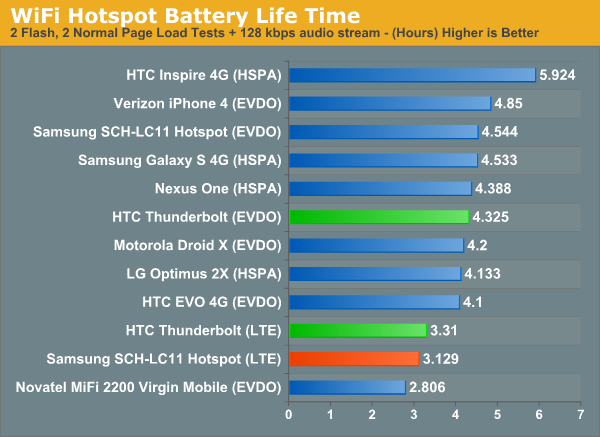
My initial battery life test results for the SCH-LC11 were actually thrown off because I expected it to have fully charged the device while I was using it and plugged in. About a half hour of use, and I was down to 82 percent in spite of being plugged in. I’ve seen the SCH-LC11 also discharge on EVDO, though it doesn’t happen nearly as rapidly as it does on LTE. I didn’t do enough testing to find out whether the device will eventually settle on some equilibrium, or discharge all the way to 0, which could make things frustrating if you intend on using the SCH-LC11 as your primary connection. Again I’m just confused as to why both the default charger is so small at 0.7A and why the device doesn’t fully follow the USB charging spec and draw more current from my other 10W USB chargers.
Under power is the ability to set different auto power off timeouts, and a much appreciated "never" setting. I’ve put together a full gallery of the configuration pages for the SCH-LC11.
SCH-LC11 Disassembled
I did decide to open up the SCH-LC11 as well, to see what WiFi chipset and device architecture is behind the web interface. Construction of the SCH-LC11 lends itself to easy disassembly, with no void stickers atop screws. Just four screws and some easy plastic tabs, and the thing comes open.
There’s a bottom plastic ring that has an antenna flex cable for WiFi and two gold pads. That antenna runs some length down the side of the device.
There’s one monolthic PCB that spans the entire device and immediately makes it pretty apparent why the Samsung hotspot is larger than the older MiFi which packed the PCB alongside the battery. There’s a modular antenna assembly that snaps onto the PCB and two gold contacts. Again two antennas are required for celluar right now thanks to the MIMO requirement in LTE. The EMI cans on the top and bottom of the board are super easy to remove and just snap on or off.
Inspecting the PCB we can see at the very center the Qualcomm MDM9600 which runs the show. Top left is a Qualcomm PM8028 PMIC which does power management and status LED control. Left of it is the hotspot’s internal configuration reset switch, and to the right is microUSB. To the right of the MDM9600 is a Qualcomm RTR8600 multi-band/mode RF transceiver for LTE bands, and down below it sits an Avago ACFM-7107 quadplexer.
Finally at the other side of the board is the SCH-LC11’s WiFi chipset, the Qualcomm WCN1312, which provides 802.11b/g/n support on the 2.4GHz band.
Finally on the reverse side of the board is a 1Gb (128MB) NAND for the MDM9600. There's more shots of everything in the gallery.
The Samsung SCH-LC11 is almost entirely Qualcomm design wins. I’m a bit surprised that the MDM9600 can drive the entire device management config and network routing without use of an external application processor, since I was under the impression that support for device manufacturers to use the onboard ARM core would only come in the next refresh of Qualcomm’s MDM lineup with MDM9615 and MDM8615. There is a marking difference however betwteen the markings on the MDM9600 inside the USB551L datacard and the SCH-LC11; the former is marked A2W126.0, the latter A2W206.0, which looks something like a hardware version system. Perhaps support for using the ARM processor came later and Samsung leverages that. Either way, to me it’s impressive that NAT routing and firewall rules are being handled at speeds sometimes over 20Mbps with no dedicated application processor.
Network performance on the SCH-LC11 is on par with other LTE gear overall, though a bit slower as I’ll show in the next section. Where the device really shines however is stability. I’ve found that both of the USB modems intermittently disconnect and sometimes require an unplug, replug, and search for device to regain connectivity. The SCH-LC11 consistently clung to 4G LTE everywhere I tested while in the 4G market, and clients were essentially always able to transact data. Samsung has done a nice job abstracting the sometimes erratic modem connectivity that happens during handover away in the device.









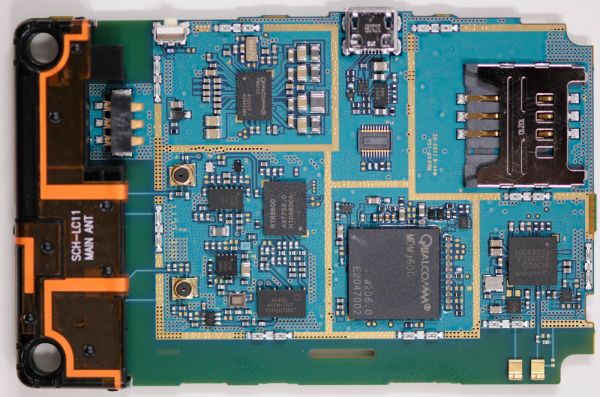
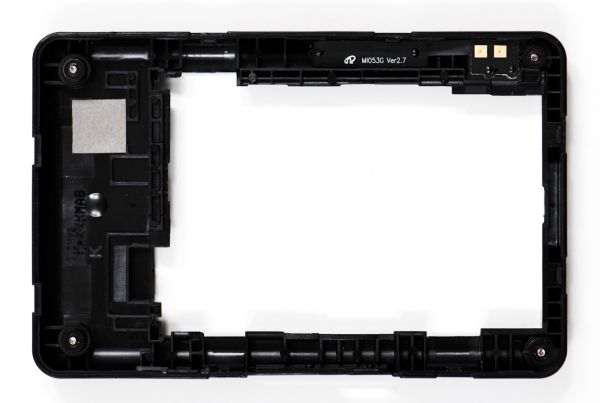
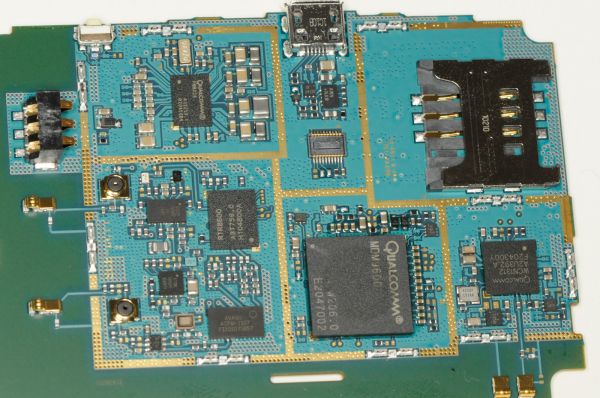
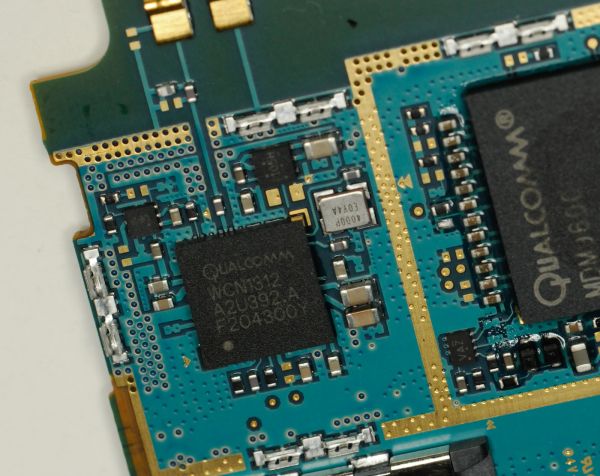
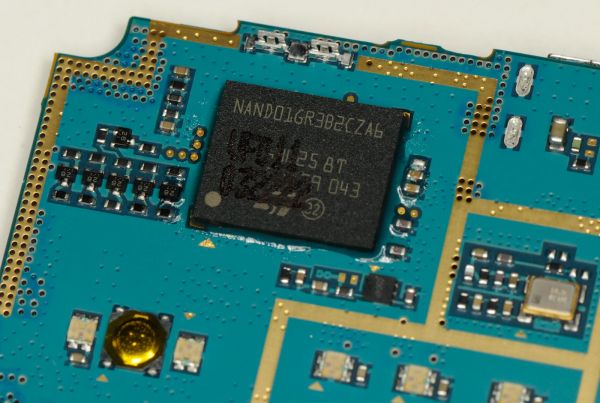














32 Comments
View All Comments
Brian Klug - Thursday, April 28, 2011 - link
I mentioned that with LTE sometimes the handovers pause the data context while the handover happens. It's an occasional 50-500ms pause, sometimes a second. Honestly I noticed it more on the data cards than I did the thunderbolt or the Samsung hotspot.That's another thing which will improve with time.
-Brian
iwod - Wednesday, April 27, 2011 - link
I dont think Bandwidth was much of a concern for mature 3G market. Even 1Mbps is good ( enough ) for web surfing. The problem is latency. And it is very high for 3G network,sometimes up to 1sec.LTE was suppose bring round trip performance down to double digit ms range. But my skip through of this article sees no test on Latency.
Another growing concern for me, is that Data and Mobile Network just dont seems to work. You have a finite amount of total bandwidth, but people consume data far greater then anyone would expect. I think someday we have to deploy national wide Micro WiFi + LTE station to help with bandwidth. Especially in populated city. ( I cant even imagine how would it even work out in place like Hong Kong and China )
Brian Klug - Thursday, April 28, 2011 - link
We tested latency on Page 10 if you're interested. Both latency as measured by speedtest.net (which isn't perfect) and by using pingplotter for almost 12 hours to a number of targets.It's sub 100 ms for a lot of things, and I showed gaming at 50ms to a local CS:S server. It's a definite improvement again thanks to much faster signaling and a shorter frame time.
-Brian
DanNeely - Thursday, April 28, 2011 - link
Unless I'm misunderstanding what the graph is showing, ATT's lower C block ownership is fragmentary with no coverage at all in large parts of the country.http://www.phonescoop.com/articles/article.php?a=1...
DanNeely - Thursday, April 28, 2011 - link
nevermind, I misunderstood what you were saying....bman212121 - Sunday, May 1, 2011 - link
I've seen another report from someone using LTE in New Orleans showing similar numbers. Anything sub 100ms should be fine for an fps. I've definitely seen worse under normal circumstances. FWIW using a D2 and comparing the ping times from the phones terminal to a pc using 3G hotspot, the wireless added 16ms latency.bman212121 - Sunday, May 1, 2011 - link
I have to wonder if they didn't include USB tethering simply because they couldn't sustain the power needed. If you were having issues with a 700ma charger than the maximum 500ma from a computer's usb port could be problematic. It is interesting though that the other devices worked, so I'm guessing that the wifi is what is really eating battery life.tjk818 - Wednesday, July 27, 2011 - link
I have the Pantech UML 290 and a cradlepoint router all updated with the latest firmware (4glte and 3g)works great on 3G now converting to 4g LTE using a ZADACOM feed cut for verizon746-806mhz and a grid antenna( Hyperlink ) . Without the grid I get 1 bar constant sometimes gong to 2 bars with the GRID I get nothing,Does the cable in the Pantech modem need to be connected or disconnected for it work on the grid , I live about 3 miles from the tower . also is there a setting that i can use in the VZAM menu ( under the DIAGVZW menu) that I can set the modem 4g port to activate the external antenna port and deactivate the internal antenna ? I’m using a specan I can see the carriers from the tower at 783mhz.
feed back is welcome
milan03 - Monday, August 22, 2011 - link
Hey Brian: you've mentioned that current Verizon LTE devices are category 3 meaning they can only achieve up to 50mbps with 2x10Mhz. Are you sure that's the breakdown because I'm seeing 50+mbps on a daily basis here in NYC and when downloading sustained well seeded torrent I'm seeing around 6MB/s which makes no sense. I am convinced that Thunderbolt is capable of 73mbps with all the overhead up to about 60mbps. Am I wrong? I dod have poor upload speeds which explains Thunderbolt being 2x1 MIMO not 2x2 like other devices, but is there any other LTE handset that's 2x2 MIMO?Here is what I'm seeing these days: [IMG]http://i51.tinypic.com/dhe1rd.png[/IMG]
oz973 - Tuesday, January 17, 2012 - link
How long does it take for this to charge to 100%? And how can you tell?